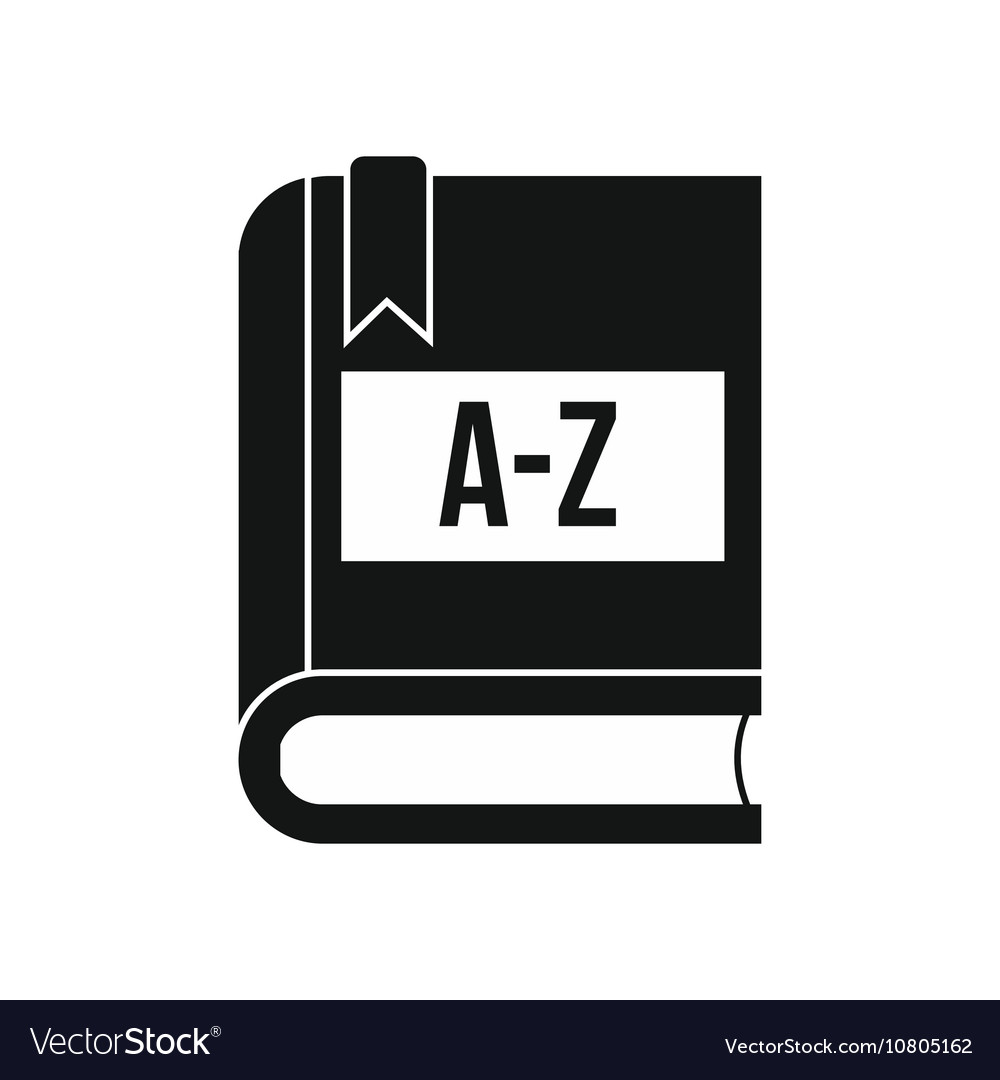 |
Flush mountable sensors |
| are particularly suitable for detecting solid objects without direct contact and for level sensing when mounted flush in a container or hopper through non-metals partitions. |
| Housing materials | |
| The application of the housing materials used is based on the technical specifications of the material and of the manufacturer. Even though RECHNER Sensors have far-reaching application experience concerning the use of different housing materials, the customer is responsible for checking in each case that the housing material is suitable for the application. |
| Cable | |
| For the standard models PVC- or PUR-cable are used. One has to take into consideration that the cable should not be moved with ambient temperatures below -5°C. PVC is not suitable for use in applications with oil-based liquids or with UV-radiation. PUR is not suitable for continuous contact with water. For special application areas silicone or PTFE cables are available. |
| Minimum sensing distance / Smin | |
| The minimum possible sensing distance, which can be adjusted by potentiometer and which can be used effectively in practical applications with reference to a medium with er > 80. |
| Maximum sensing distance / Smax | |
| The maximum possible sensing distance, which can be adjusted by potentiometer and which can be used effectively in practical applications with reference to a medium with er > 80. The sensors should only be used under constant ambient conditions, such as constant temperature, no humidity, and no deposits on the active face of the sensor. |
| Nominal sensing distance / Sn | |
| The characteristic value of a proximity sensor, without consideration of production tolerances and variations due to temperature and voltages. |
| Real sensing distance / Sr | |
| The sensing distance determined at +20 °C and rated voltage. Here the series variance is taken into consideration. Variation max. 10 % +/- of Sn. |
| Reduction factors | |
| For materials other than metals (e.g. FE 360 or ST 37, Al, Cu) or water, the reduction factors shown in the table on page 6 of the KAS catalogue should be taken into consideration. |
| Series- and parallel connection | |
| It is possible to connect the proximity sensors in series or parallel. When considering this it must be taken into account that the voltage drops are added for series connection and the residual voltages for parallel connection. Under these circumstances it is advisable to operate a maximum of three sensors in a corresponding circuit. |
| Repeat accuracy of the switching point | |
| The variation of the switching point of two successive measurements at constant ambient conditions. |
| Frequency of operating cycles | |
| The maximum damping and un-damping cycles of the proximity sensor within one second. To ascertain the frequency of operating cycles a pulse / break ratio of 1 : 2 is used as a basis, at Sn 1/2. |
| Switching hysteresis | |
| The difference between the switch-on and switch-off point of a proximity sensor, when approaching or moving away from the standard measuring plate. |
| Enclosure rating | |
| IP 65: Protection against contact with voltage-carrying parts, protection against ingress of dust and water jet. IP 67: Protection against contact with voltage-carrying parts, protection against ingress of durst and protection against ingress of water when the equipment is immersed in water, up to 1 m depths and for a period of 30 minutes. |
| Temperature variation | |
| The drift of the switching point if the ambient temperature changes. |
